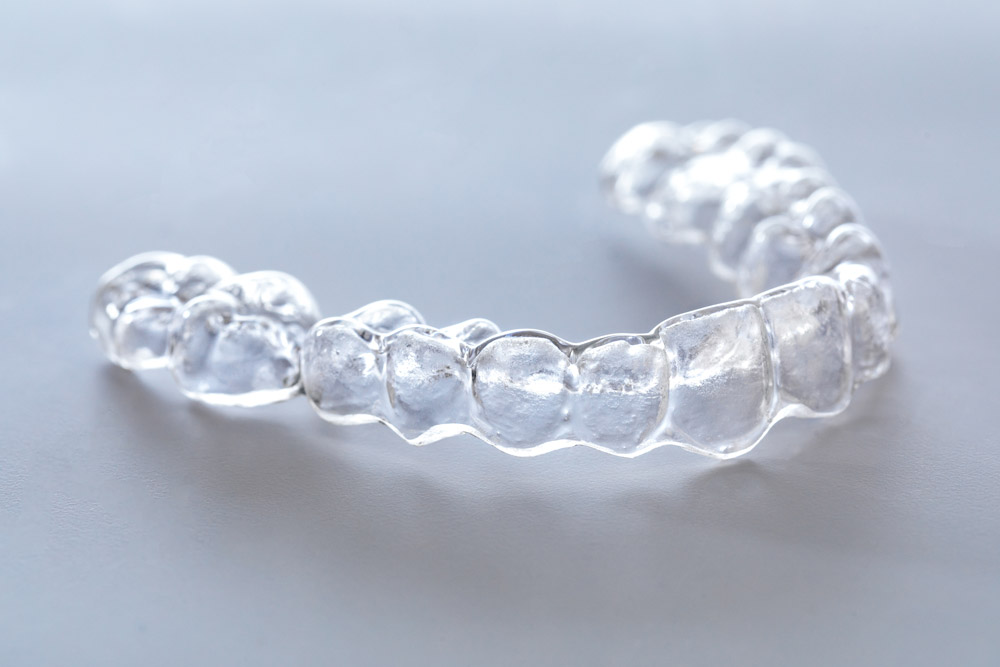Braces vs. Invisalign: Choosing the Right Path to a Perfect Smile
TLDR / Key Takeaway
Braces and Invisalign are effective orthodontic treatments that straighten teeth and correct bite issues. Braces are ideal for complex cases, while Invisalign offers a discreet, removable option for mild to moderate misalignments. Your choice depends on your needs, lifestyle, and goals.
Introduction: Why Your Choice Matters
Straightening your teeth isn’t just about aesthetics—it’s about improving oral health, functionality, and confidence. When it comes to orthodontic care, braces and Invisalign are the two most popular options. Each has unique benefits and considerations, making it important to choose the solution that aligns with your specific needs.
In this guide, we’ll compare braces and Invisalign, examining their features, benefits, and ideal candidates to help you make an informed decision.
What Are Braces and Invisalign?
Traditional Braces
Braces use a combination of metal brackets, wires, and bands to gradually move teeth into their desired positions. They are fixed to the teeth and adjusted periodically by an orthodontist.
- Materials: Stainless steel or ceramic.
- Treatment Time: 18-36 months, depending on complexity.
- Key Features: Durable, effective for severe cases, and available in metal or clear options.
Invisalign
Invisalign aligners are clear, removable trays custom-made to fit your teeth. They use a series of aligners to gently shift teeth into place.
- Materials: BPA-free plastic.
- Treatment Time: 6-18 months, depending on complexity.
- Key Features: Virtually invisible, removable, and comfortable.
Comparing Braces and Invisalign
1. Effectiveness
- Braces: Highly effective for severe misalignments, bite issues, and complex cases like rotated teeth or large gaps.
- Invisalign: Best for mild to moderate issues, including spacing, crowding, and minor bite corrections.
2. Aesthetics
- Braces: Visible metal brackets, though ceramic options offer a more discreet appearance.
- Invisalign: Nearly invisible, making it the preferred choice for adults and teens concerned about appearance.
3. Comfort
- Braces: Can cause initial discomfort and irritation to the cheeks and gums but become more tolerable over time.
- Invisalign: Smooth aligners minimize irritation, but some discomfort may occur during tray changes.
4. Maintenance
- Braces: Require diligent cleaning with special tools to prevent plaque buildup and staining.
- Invisalign: Easy to clean—simply remove trays for brushing and flossing.
5. Lifestyle Impact
- Braces: Fixed, meaning food restrictions (e.g., avoiding sticky or hard foods) and continuous wear.
- Invisalign: Removable, allowing for unrestricted eating and easier oral hygiene. Requires wearing for 20-22 hours daily.
6. Cost
- Braces: Generally more affordable, with a wide range of options to fit different budgets.
- Invisalign: Slightly more expensive due to customization and advanced technology.
Who Should Choose Braces?
Braces are ideal for:
- Severe misalignments or bite issues.
- Patients comfortable with visible treatment.
- Those seeking a durable, reliable solution.
- Younger patients who may struggle with the discipline required for removable aligners.
Who Should Choose Invisalign?
Invisalign is best suited for:
- Mild to moderate misalignments.
- Patients prioritizing a discreet, removable option.
- Adults and teens with busy or professional lifestyles.
- Those committed to following wear-time guidelines.
The Role of Your Orthodontist
Your orthodontist plays a crucial role in determining the right treatment for you. During your consultation, they will:
- Assess your teeth and bite alignment.
- Discuss your goals and lifestyle.
- Recommend the most effective and suitable treatment.
What to Expect During Treatment
Braces
- Initial Placement: Brackets and wires are bonded to your teeth during an hour-long appointment.
- Adjustments: Monthly visits to tighten wires and monitor progress.
- Post-Treatment: A retainer is provided to maintain your results.
Invisalign
- Initial Consultation: Digital scans or impressions are taken to create custom aligners.
- Aligner Changes: New trays are provided every 1-2 weeks to continue progress.
- Post-Treatment: A clear retainer ensures teeth stay in their new positions.
Tips for a Successful Orthodontic Journey
- Follow Instructions: Adhere to your orthodontist’s guidelines, including wear times and dietary restrictions.
- Maintain Oral Hygiene: Brush and floss daily to prevent decay and staining.
- Be Patient: Orthodontic treatments take time, but the results are worth it.
- Schedule Regular Checkups: Stay on track with routine appointments to monitor your progress.
Braces vs. Invisalign: Your Perfect Smile Awaits
Braces and Invisalign both offer effective solutions for achieving a straight, healthy smile. While braces excel in handling complex cases, Invisalign provides a discreet and convenient option for many patients. By consulting with your orthodontist and considering your unique needs, you can choose the treatment that aligns with your lifestyle and goals.
Ready to begin your orthodontic journey? Schedule a consultation with Pacific Family Orthodontics today to explore your options and achieve the smile you’ve always wanted.

